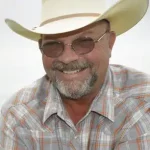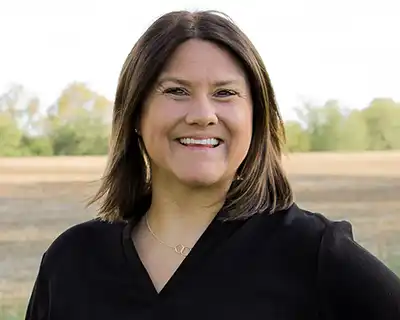As a regenerative rancher and farmer, I’ve seen the value of USDA and the National Resources Conservation Service firsthand, both on my farm and ranch and on others across the nation. I’m an advocate for the services that the agencies provide, from the local all the way to the federal level.
In 2024, as we meet that unprecedented interest and funding head-on, the name of the game for the agency is acceleration—namely, ensuring that they can scale their entire process, from communications about climate-smart programs to growers, to technical assistance and to enrollment into current programs and even establishment of Partnerships for Climate-Smart Commodities (PCSC) projects.
In short, this year is big for USDA-NRCS.
At the 2024 Trust In Food Symposium, I gathered regional and state conservationists along with a federal PCSC administrator to discuss what that acceleration looks like and what steps they are putting into place now that make the future of conservation agriculture a place we want to be driving toward.
We were joined by NRCS Regional Conservationist for the Central Region Curtis Elke, himself a farmer in North Dakota. Elke echoed much the same sentiment that America’s Conservation Ag Movement partners heard from USDA Under Secretary Robert Bonnie this past summer in Washington, D.C. – that the agency needs collaboration from the private sector in order to meet this historic moment for conservation agriculture.
“Our agency has received over $20 billion—so, a lot of money and now we’re working with a lot of partners like you all in trying to get that money on the ground where it’ll be put to good use, not just short term, but long term as well,” Elke told the audience of 100+ value chain sustainability professionals. “There’s also an additional over $3 billion in the Partnerships for Climate Smart Commodities program that’s being used out there. So, there are so many opportunities right now to get engaged with NRCS and our partners. We value all of our partners and I know many in this room are our partners.”
In a follow-up panel with Scott Edwards, State Conservationist for Missouri, Troy Daniell, State Conservationist for Minnesota, and Eric Hansen, National Program Coordinator, Partnerships for Climate-Smart Commodities, I took the opportunity to dig in with these program facilitators about what steps they are taking to level up their game, what challenges they are facing and how they are building toward the impact that this time will have on the sustainable future of agriculture in our country.
There was a striking theme in our conversation—one that both made me anxious and hopeful. All of the USDA and NRCS officials spoke of the alarming lack of staff for the agencies, from bottom to top.
“The resource concern that I’m most worried about is delivering and meeting these expectations,” Edwards said. “We have always had more demand for our programs than we’ve been able to deliver, so with all of the additional dollars and with all the new customers and with all the excitement that’s coming in, how do you manage those expectations and how do you target those funds to address that?”
In response to those concerns, his counterpart in Minnesota told the audience of a program in his state that he hoped would solve this issue for future generations.
“We have a program called Minnesota Ag In the Classroom,” Daniell said. “I started a conversation with them and with our local colleges and universities having conversations about all the things we should be doing to get agriculture curriculum taught to children …They may want to grow up to be a lawyer, but maybe now they’re a lawyer who knows where their food comes from. They are going to be voters, and taxpayers and decision-makers in our communities. So, I think we won’t see the real results for maybe a decade, but we’re already seeing good results in interest.”
More so than ever before in my career, I am encouraged by what I see coming out of USDA and NRCS. Their innovation, collaboration with the private sector and forward-thinking attitudes are what we need to stand alongside the boots on the ground that are accelerating conservation agriculture and ensuring a sustainable future for our industry.
I believe that Elke said it best in his remarks.
“We can’t get it done alone. We are stronger together.”



